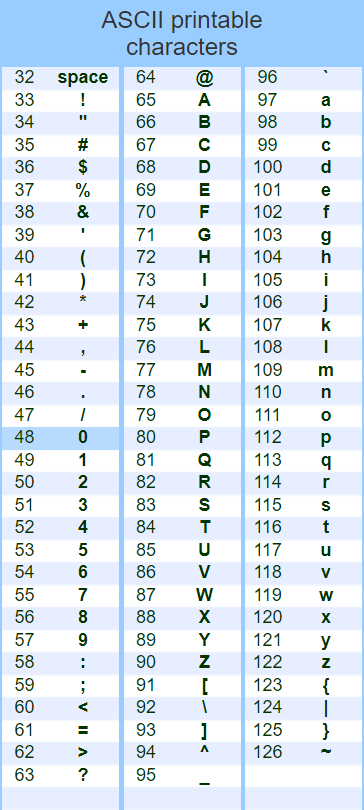c++문제풀이
문제
알파벳 소문자로만 이루어진 단어 S가 주어진다. 각각의 알파벳에 대해서, 단어에 포함되어 있는 경우에는 처음 등장하는 위치를, 포함되어 있지 않은 경우에는 -1을 출력하는 프로그램을 작성하시오.
입력
첫째 줄에 단어 S가 주어진다. 단어의 길이는 100을 넘지 않으며, 알파벳 소문자로만 이루어져 있다.
출력
각각의 알파벳에 대해서, a가 처음 등장하는 위치, b가 처음 등장하는 위치, … z가 처음 등장하는 위치를 공백으로 구분해서 출력한다.
만약, 어떤 알파벳이 단어에 포함되어 있지 않다면 -1을 출력한다. 단어의 첫 번째 글자는 0번째 위치이고, 두 번째 글자는 1번째 위치이다.
find() 함수
C++11
std::string::find.
#include <iostream>
#include <cstdio>
#include <string>
using namespace std;
int array[26];
int main()
{
string str;
getline(cin, str);
string alphabet = "abcdefghijklmnopqrstuvwxyz";
for(int i = 0; i<26; ++i)
{
array[i] = -1; //initialize all value as -1
}
for(int i = 0; i <26; ++i)
{
string str_2;
str_2 = alphabet[i];
size_t found = str.find(str_2);
if(found != string::npos)
{
array[i] = found;
}
}
for(int i = 0; i<26; ++i)
{
printf("%d ", array[i]) ;
}
return 0;
}
